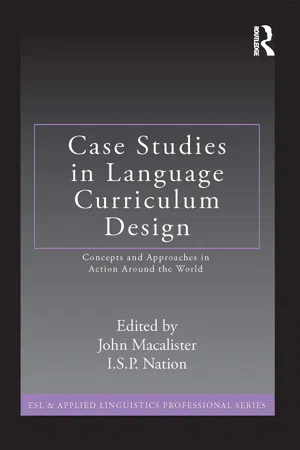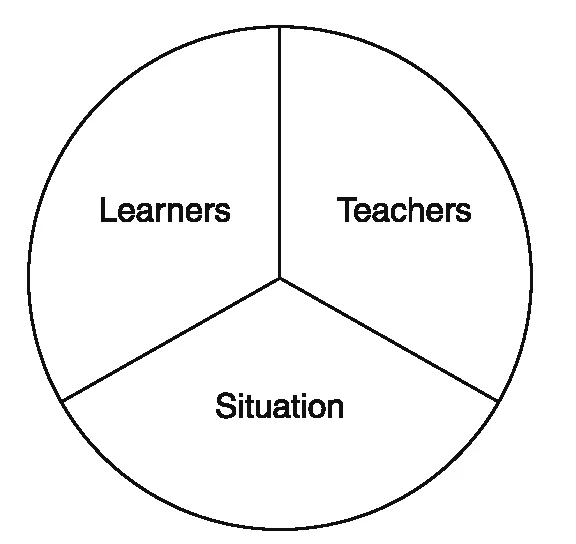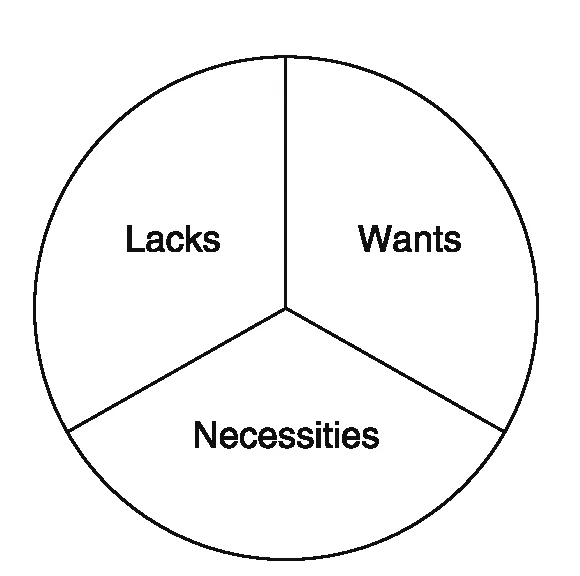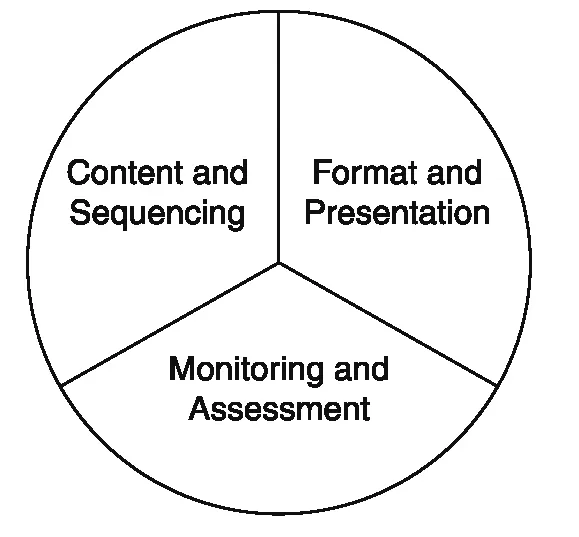
Case Studies in Language Curriculum Design
Concepts and Approaches in Action Around the World
- 216 pages
- English
- ePUB (mobile friendly)
- Available on iOS & Android
Case Studies in Language Curriculum Design
Concepts and Approaches in Action Around the World
About this book
Case studies are a powerful pedagogical tool for illuminating constructs and models in real-life contexts. Covering a wide range of teaching-learning contexts and offering in-depth analyses of ESL/ELT language curriculum design issues, this casebook is distinctive and unique in that each case draws on and is clearly linked to a single model presented in Nation and Macalister's Language Curriculum Design (www.routledge.com/9780415806060), giving the book a high degree of coherence. A short commentary by the editors after each case highlights features of note and/or issues arising from it. This is a versatile text, designed to work as a companion to Language Curriculum Design (adding meaning and depth to the model presented there by relating it to a range of applications), as a stand-alone text, or as a resource for language teacher trainees, teacher educators, practicing teachers, program administrators, and materials writers in the field.
Frequently asked questions
- Essential is ideal for learners and professionals who enjoy exploring a wide range of subjects. Access the Essential Library with 800,000+ trusted titles and best-sellers across business, personal growth, and the humanities. Includes unlimited reading time and Standard Read Aloud voice.
- Complete: Perfect for advanced learners and researchers needing full, unrestricted access. Unlock 1.4M+ books across hundreds of subjects, including academic and specialized titles. The Complete Plan also includes advanced features like Premium Read Aloud and Research Assistant.
Please note we cannot support devices running on iOS 13 and Android 7 or earlier. Learn more about using the app.
Information
1 INTRODUCTION




Table of contents
- Cover Page
- Half Title
- Title Page
- Copyright
- Table of Contents
- Preface
- List of Contributors
- 1 Introduction
- 2 A Survival Language Learning Syllabus for Foreign Travel
- 3 Design Meeting Context: A General English Course for Burmese Adults
- 4 Designing English Language Courses for Omani Students
- 5 My Ideal Vocabulary Teaching Course
- 6 Opening the Door to International Communication: Peruvian Officials and APEC
- 7 Helping Skilled Migrants into Employment: The Workplace Communication Program
- 8 The Blended Language Learning Course in Taiwan: Issues and Challenges of Instructional Design
- 9 Designing the Assessment of a University ESOL Course
- 10 Refreshing a Writing Course: The Role of Evaluation
- 11 Localizing Spanish in the Ann Arbor Languages Partnership: Developing and Using a “Teachable” Curriculum
- 12 Learning to Teach Spanish: Identifying, Inducting, and Supporting Apprentice Teachers in the Ann Arbor Languages Partnership
- 13 Negotiated Syllabuses: Do You Want to?
- 14 Enhancing Consumerist Literacy Practices in an Urbanizing Community
- 15 The Teacher as Intermediary between National Curriculum and Classroom
- 16 Developing a Blogwriting Program at a Japanese University
- Index